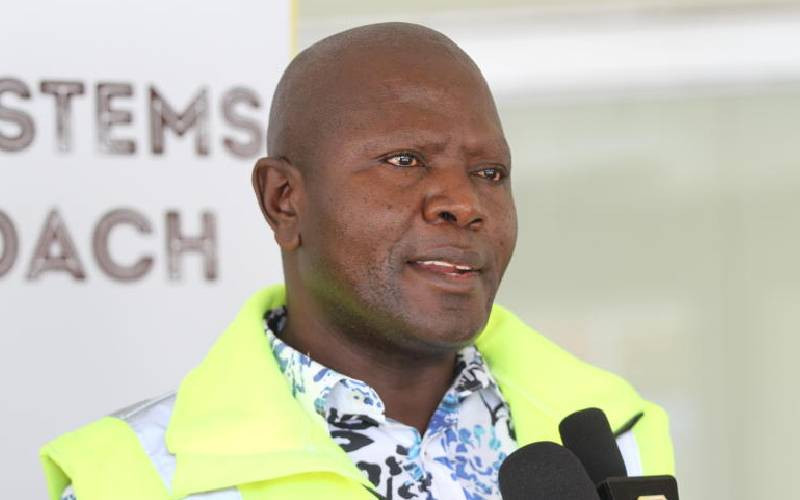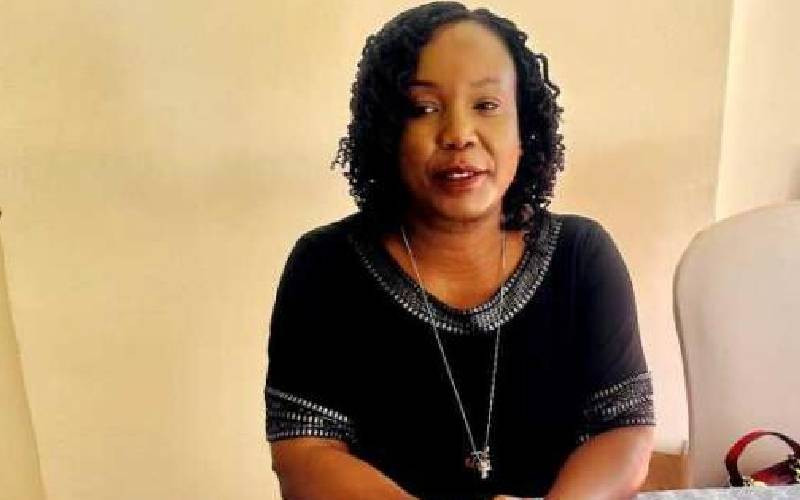
A brain aneurysm, also known as cerebral or intracranial aneurysm, occurs when you have a weak spot in the brain’s arterial walls. The weak spot fills with blood and bulges. An aneurysm looks like a ripe berry hanging out of a stem. If a brain aneurysm bursts, it quickly turns into a medical emergency which can cause a stroke, brain damage, or even death.
It is estimated that there are 500,000 deaths each year from brain aneurysms. Although people often assume brain aneurysms happen in the older population, half of those deaths are people under age 50. Statistics also show that brain aneurysms are most prevalent in people between 35 and 60 years. Most aneurysms occur after age 40, although children can also be affected.
But not all aneurysms rupture. Statistics estimate that there are 168,000,000 people worldwide with Unruptured Intracranial Aneurysms (UIA). Most people who have aneurysms might not experience any symptoms in advance to rupture, which is why brain aneurysms can cause sudden death in someone who seemed totally healthy a few moments before. Many people with a ruptured aneurysm might even die before getting to the hospital.
About 40 per cent of ruptured brain aneurysms are fatal. Of those who survive, 66 per cent experience permanent brain damage. This is why learning how to spot early warning signs, early diagnosis and treatments are crucial.
If you experience any of the following symptoms, it is important that you get to the hospital as soon as possible.
Sudden, severe headache
One of the signs of a brain aneurysm is a sudden, severe headache. Survivors describe it as “the worst headache of my life” or “thunderclap headache.” The headache is caused by leakage of blood irritating the brain coverings. Unlike regular headaches, an aneurysm headache comes on very abruptly and it’s very severe and intense.
How do you know it’s not a migraine? Unlike a migraine, headache from a brain aneurysm often comes on after coughing and sneezing. You might also experience some of the other symptoms of an aneurysm.
Double vision or droopy eyelids
In addition to a “thunderclap headache,” you might start experiencing double vision or notice your eyelids becoming droopy. This is because a bulging aneurysm might be pressing on the nerve that helps you control your eyes. If you experience this symptom, don’t adopt a “wait and see” approach – have someone take you to the emergency room immediately.
Numbness or weakness
A brain aneurysm can press on adjacent nerves , which can lead to numbness or weakness in one side of your body or face. According to Dr Mark McLaughlin, a neurologist from Princeton Brain and Spine, the weakness and numbness can also be caused by tiny clots leaking out of the aneurysm and clogging small vessels which supply blood to important parts of your brain. “An aneurysm is like a blister with a thin wall that can pop and leak blood, wreaking havoc along the way,” he explains.
Gastrointestinal problems
People with brain aneurysms often experience gastrointestinal issues such as nausea, vomiting and diarrhoea. In some cases, a cerebral aneurysm can also cause gastrointestinal bleeding. In one 1979 study, researchers found that out of 1,000 patients with brain aneurysms, two had pre-operative gastrointestinal bleeding while 19 experienced gastrointestinal bleeding. Another 2017 study published in Nature connected bacteria in the gut to lesions in the brain’s blood vessels, which ends up causing brain aneurysms.
Stay informed. Subscribe to our newsletter
What causes aneurysms?
Many aneurysms are a result of breakdown in the proteins that form the walls of blood vessels. It’s normal for these proteins to gradually deteriorate with age. However, the deterioration can also be caused by inflammation, smoking, infections, and drug use. There are also naturally occurring enzymes which can break down the blood vessels in your brain and lead to aneurysms.
Risk factors of aneurysms include: Age, smoking, high blood pressure, heavy alcohol use, drug use, having tumours, traumatic head injury and having other disorders such as polycystic kidney disease among others.
How are aneurysms diagnosed and treated?
Because brain aneurysms are quite rare, doctors rarely screen for them during routine tests. Many aneurysms are discovered accidentally during tests for other reasons - such as an ultrasound or MRI scan.
When you experience symptoms that could indicate an aneurysm, your doctor might order the following tests to confirm the diagnosis:
· Angiogram – dye is injected in the artery to see the blood flow to the brain.
· Computed tomography (CT scan) – a non-invasive scan of the head to spot aneurysms and ruptures. This scan is often done together with an angiogram.
· Magnetic resonance imaging or angiography (MRI/A) - a non-invasive scan of the brain that uses radio waves and magnetic fields.
· Cerebrospinal fluid analysis – where a small amount of fluid near the brain is drawn and tested to see if an aneurysm has ruptured.
If these tests confirm that you have a brain aneurysm, there are several approaches depending on whether it’s ruptured or unruptured. If it has ruptured, you will probably have surgery to close off blood flow to the aneurysm or seal it off. For unruptured aneurysms, a doctor might decide to monitor the aneurysm or operate on it (depending on your other medical conditions and whether the aneurysm is likely to rupture).
What can you do to prevent aneurysms?
If you have a family history of aneurysms, you’re at a risk. Talk to your doctor for advice regarding prevention and early diagnosis. Once you have an aneurysm, you have a 10-16 per cent chance of developing another one.
 The Standard Group Plc is a
multi-media organization with investments in media platforms spanning newspaper
print operations, television, radio broadcasting, digital and online services. The
Standard Group is recognized as a leading multi-media house in Kenya with a key
influence in matters of national and international interest.
The Standard Group Plc is a
multi-media organization with investments in media platforms spanning newspaper
print operations, television, radio broadcasting, digital and online services. The
Standard Group is recognized as a leading multi-media house in Kenya with a key
influence in matters of national and international interest.
 The Standard Group Plc is a
multi-media organization with investments in media platforms spanning newspaper
print operations, television, radio broadcasting, digital and online services. The
Standard Group is recognized as a leading multi-media house in Kenya with a key
influence in matters of national and international interest.
The Standard Group Plc is a
multi-media organization with investments in media platforms spanning newspaper
print operations, television, radio broadcasting, digital and online services. The
Standard Group is recognized as a leading multi-media house in Kenya with a key
influence in matters of national and international interest.










